Is Anime For Kids? Bad and Good Sides
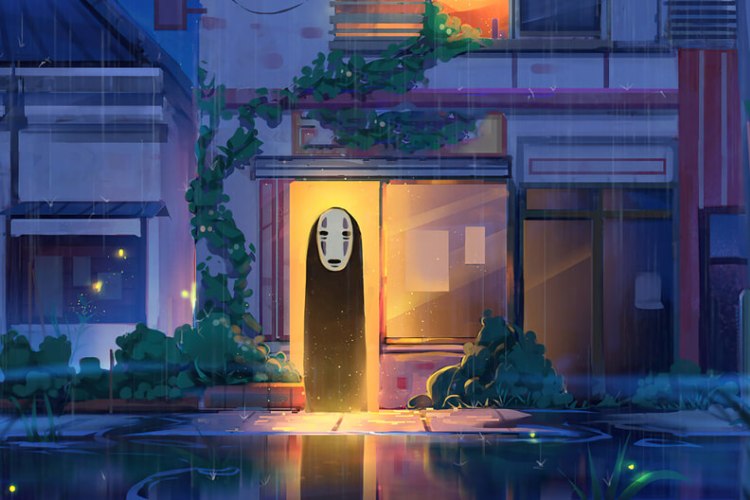
Anime has found its way into the hearts of many young viewers around the world. However, understanding this captivating form of Japanese animation can be a challenge for concerned parents.
Is it harmful? Or is it a source of valuable lessons? This article will explore the advantages and disadvantages of anime for kids and offer insights to help parents navigate this animated world.
Contents:
- What is Anime? Key Points for Parents
- What Age is Appropriate for Anime?
- How Does Anime Affect the Human Psyche?
- Debunking the Main Anime Myths
- What Happens When a Kid Watches Anime?
- List of Great Kids & Family Anime
- Tips for Parents of Anime Lovers
- FAQs
What is Anime? Key Points for Parents
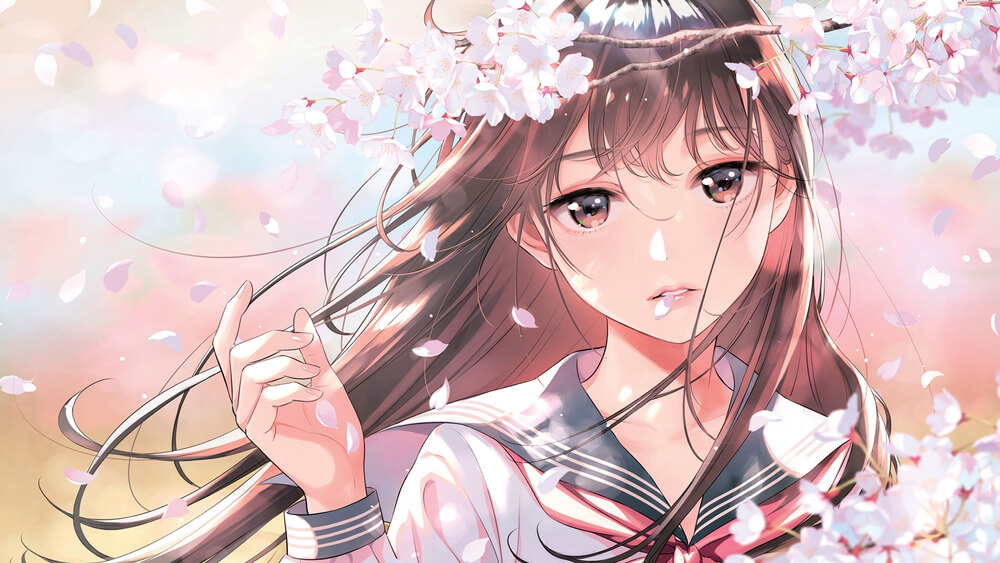
Chandzcoin/Shutterstock.com
Anime has a deep cultural root in Japan and derives its name from the English word ‘animation’. Unlike Western television animation, anime often targets multiple age groups with complex themes.
Anime encompasses series, short films, and full-length films. It offers a wide array of themes and characters to suit various tastes.
Anime stands out with its unique artistic features. Of course, everyone primarily pays attention to the strikingly large eyes of the characters.
Fun Fact: The size of the eyes is linked to the character’s personality. One can say they serve as a window to the character’s soul. Through them, we will learn about the main traits of the heroes. Kind and sincere characters are always portrayed with large, clear eyes. Sly and mysterious have a narrowed, «bird-like» gaze.
What Age is Appropriate for Anime?
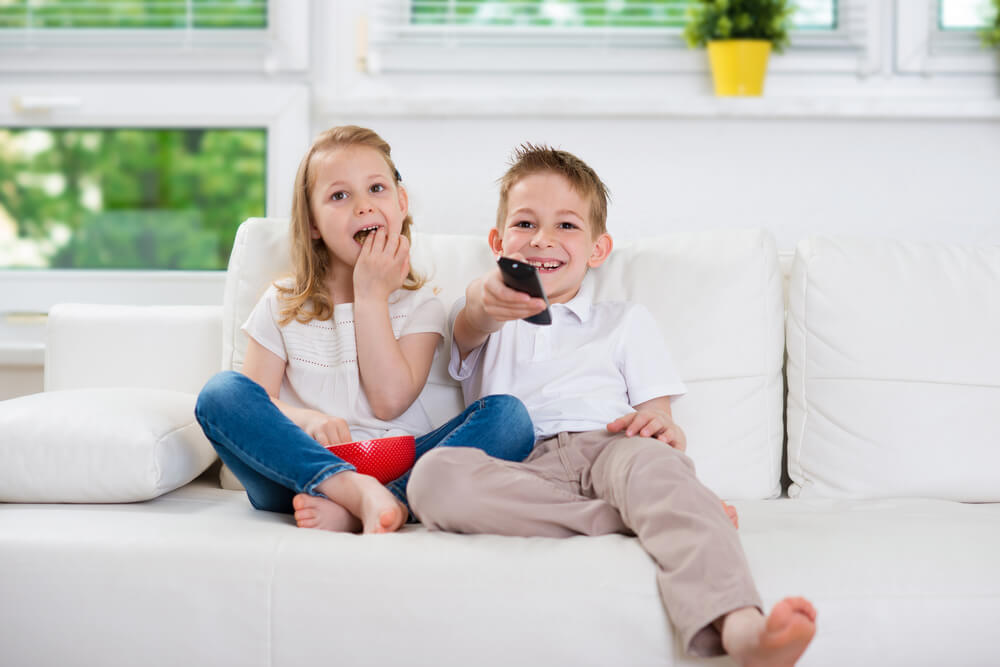
spass/Shutterstock.com
Anime encompasses a wide range of genres and styles, so the answer to this question is not simple. It depends. There are many different types. You can find genres for girls and boys, for women and men. For fans of sports, technology, romance, etc.
Let’s try to understand what types of anime exist and who they are suitable for.
Types of Anime
Let’s try to understand what types of anime exist and who they are suitable for.
Kodomo
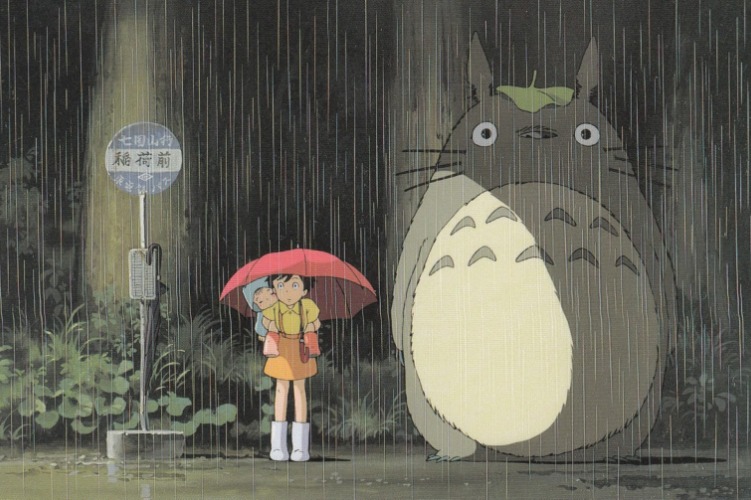
«My Neighbor Totoro», 1988
For children under 12 years old.
Features simple fairy tales with clear morals and drawings resembling classic Western animation. Pokémon is a well-known example of Kodomo.
Sen
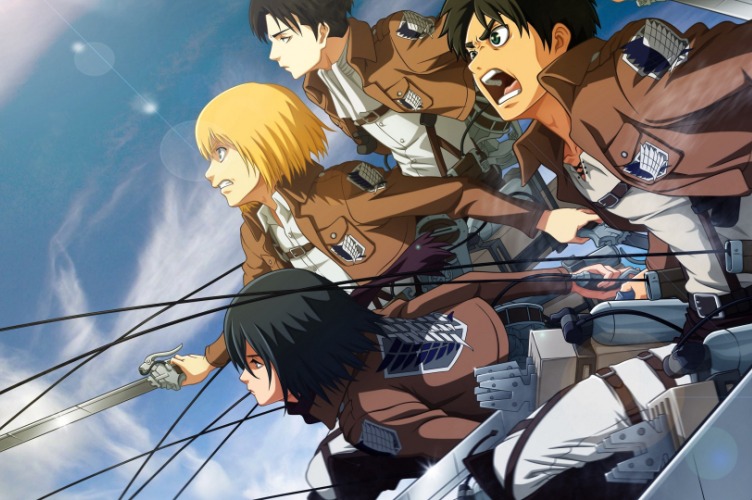
«Attack on Titan», 2013
For older boys 12 to 16-18 years
Often follows determined young male protagonists on their journeys, exploring themes of friendship, mentorship, and love. An iconic series in this category is ‘Naruto’.
Shojo
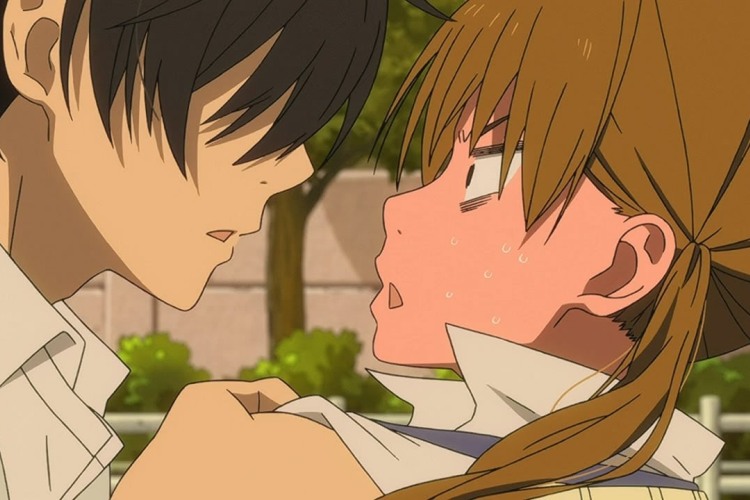
«My Little Monster», 2012
For older girls 12 to 16-18 years old.
Focuses on young girls developing their personalities, featuring themes of friendship, love, and presenting romantic and noble male characters. ‘Sailor Moon’ is a beloved example.
Seinen
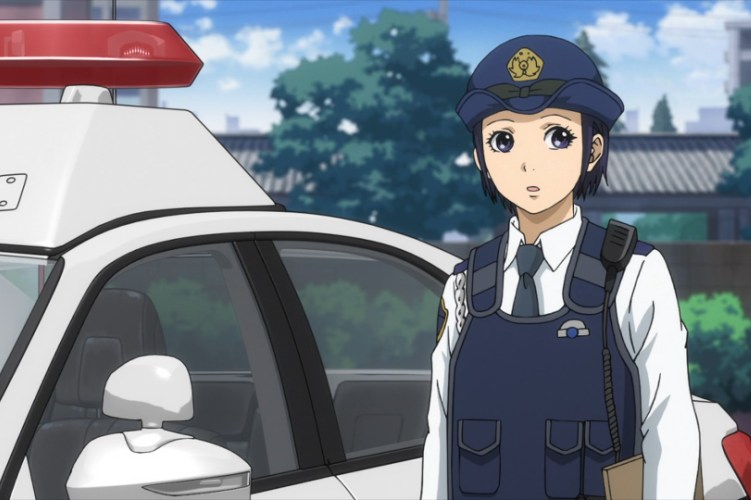
«Police in a Pod», 2017
For young men (18+).
Often delves into deeper themes with philosophical reflections, often featuring explicit content and violence. These series tackle complex issues like life, death, sacrifice, and morality, with less dynamic but more realistic storytelling
Josei
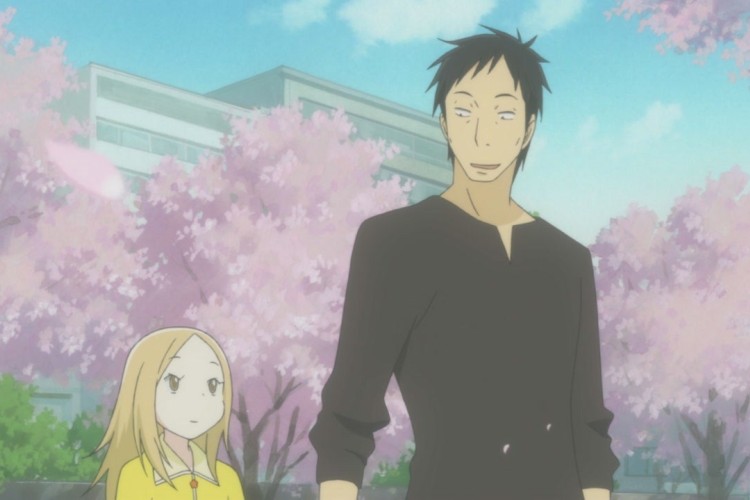
«Bunny Drop», 2011
For young women (18+).
Explores adult relationships and the challenges women face in career, family, and personal life. These series may include erotic scenes, sexualized imagery, and even violence. An example is ‘The Abandoned Bunny,’ featuring a lonely man learning to be a parent
In addition, we must take into account that anime, as in our usual cinema, can be divided into genres: comedy, drama, adventure, soap opera, horror, mystery, thriller, action, erotic and pornographic (hentai) and many others.
Hentai—an anime genre that features explicit adult content, often considered sophisticated and characterized by Japan’s cultural nuances and social taboos. It is intended for mature audiences with an 18+ rating. It is what some people may think of when they hear “anime,” and cause unnecessary concern.
Can Children Watch Anime? (By Age)
Choosing the right anime often depends on your child’s age and maturity. While some stories are gentle and magical, others include darker themes that are best saved for teenagers. Here’s a breakdown to help parents make thoughtful choices:
6–8 Years Old (Watch Together)
At this age, children are still sensitive to intense scenes, so stick with calm, magical adventures that carry positive questions. Full-length Studio Ghibli classics like My Neighbor Totoro, Kiki’s Delivery Service, and Ponyo are perfect introductions. These Miyazaki films are low in tension, beautifully animated, and emphasize kindness, family, and courage.
9–12 Years Old
Preteens are ready for slightly more complex stories, but they can still be unsettled by frightening or confusing scenes. Movies such as Dragon Ball Z, Spirited Away, and The Cat Returns fall into this age range. While magical and enchanting, they also include mysterious or “scary” moments that provide opportunities for meaningful discussion afterward. Parents can use these stories to talk about moral questions, bravery, and growing up.
13–15 Years Old
Teenagers often gravitate toward action-packed series and shonen adventures. These shows, like Naruto, Death Note,or My Hero Academia, explore themes of friendship, rivalry, and resilience. However, parents should be selective—many titles include violence, fan service, or darker storylines. Always check ratings and reviews (especially parental comments) before approving a new series. For example, Chainsaw Man (CSM) has become hugely popular among anime fans, but its graphic violence means it isn’t suitable for young teens.
By understanding what’s appropriate at each stage, parents can guide their kids toward age-appropriate anime TV shows and Japanese movies that inspire creativity without overwhelming them.
Anime Ratings: How to Read Labels in the US and Japan
And when in doubt, check the official rating labels. Both the U.S. and Japan have systems that help parents quickly see whether a movie or show is suitable for kids. Here’s how to read them:
| System | Labels | What it means for a parent |
| TV Parental Guidelines | TV-Y, TV-Y7, TV-Y7-FV, TV-G, TV-PG, TV-14, TV-MA | For TV/streaming shows; FV = more intense fantasy violence. |
| Eirin (Japan, films) | G, PG12, R15+, R18+ | Theatrical releases; PG12 = parental guidance advised; R15+ / R18+ = strict age restrictions. |
How Does Anime Affect the Human Psyche?
There are many different genres and age restrictions, but it is crucial to understand that exposing children to anime content beyond their age can potentially harm their psyche. This principle applies to all media, not just Japanese animation.
While anime can explore real and historical events, and portray everyday life. Of course, and delve into adult themes with violence and erotic scenes, the extent of its impact is often greatly exaggerated.
Advantages of Anime
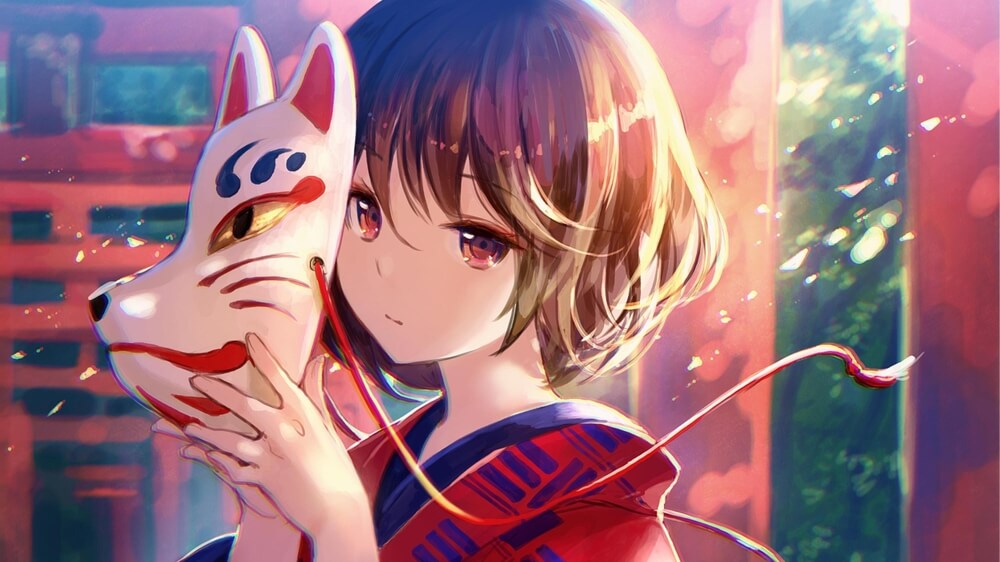
KTRKATR/Shutterstock.com
For many anime fans, these lessons extend beyond the screen and into real life.
- Cultural Awareness: Japanese culture and language are explored, providing kids with an opportunity to learn about different societies and languages.
- Creativity and Imagination: Showcases a wide range of imaginative worlds, characters, and stories, encouraging creativity and inspiring young minds.
- Moral and Ethical Lessons: Many anime series include valuable life lessons, moral dilemmas, and character development. Similar to Harry Potter, many anime stories revolve around courage, friendship, and overcoming adversity.
- Diverse Representation: Diverse characters, backgrounds, and perspectives help children understand and appreciate diversity and inclusivity.
- Storytelling and Narrative Complexity: Intricate and compelling storylines can improve children’s critical thinking and narrative comprehension skills.
- A variety of genres: There is something for everyone. A fairy tale for a child, an adventure for a teenager, and a deep cinema made for adults.
Disadvantages of Anime

Warm_Tail/Shutterstock.com
- Inappropriate Themes: Complex and mature themes are often addressed, including death and sexuality, which can be confusing or distressing for young viewers. Some shows like Death Note explore moral questions around life, death, and justice, which may be too heavy for children. Older anime sometimes depict substance use, which parents should be mindful of.
- Violence and Graphic Content: May contain violence and explicit content that may not be suitable for children.
- Exaggerated or unrealistic body proportions: This can lead to unrealistic body image standards for viewers, especially young and impressionable audiences.
- Language and Cultural Differences: Often in Japanese is shown with subtitles or dubbing, which may not be suitable for language development and could create cultural misunderstandings.
- LGBTQ+ stereotypes: Some storylines could be considered offensive, but there has been growing awareness, and relationships and characters are handled in a more respectful light.
- Excessive Screen Time: It can be easy for a child to be drawn into the colorful, complex world of anime and lose track of time. Excessive screen time has been linked to physical and mental health issues in children.
- Features in the interpretation of important ideas and meanings: Some philosophical subjects (e.g., death) are handled differently in Japanese culture. This isn’t a reason to avoid it, but parents should be aware of the topics and talk to their child to help them process it.
See how much time and in which apps lead your child! Kids360 not only has the function of limiting the time (screentime) to work with the gadget, but also filters unwanted content that a child may receive. This app also analyzes interactive traffic to protect children online.
Why is Anime So Popular Among Children and Teenagers?
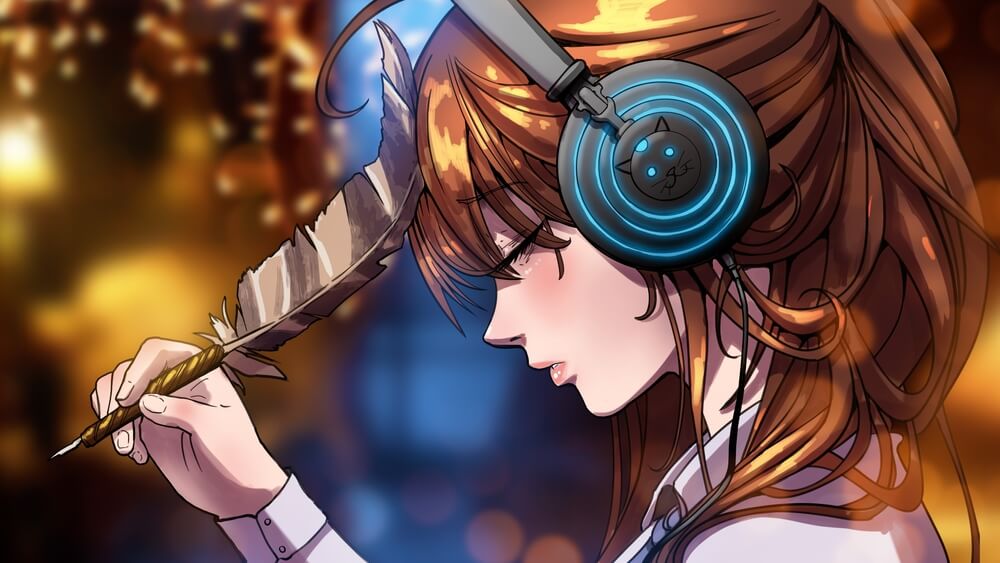
Warm_Tail/Shutterstock.com
Anime is a unique phenomenon that grows with its viewers. It provides children with age-appropriate content that caters to their ever-evolving interests and needs, delivering fresh inspiration as they grow.
For older children, it offers stories of successful coming-of-age journeys, exciting adventures, and relatable, ‘cool’ characters, making it a natural attraction. Additionally, through anime, young viewers forge connections, explore new cultures, and some even take up learning Japanese to enjoy movies in their original language.
In teenage-oriented anime, the characters, much like the viewers, confront life’s challenges, experience love, and form enduring friendships, embodying the spirit of youthful maximalism, marked by courage, intelligence, wit, mystery, and talent.
Debunking the Main Anime Myths
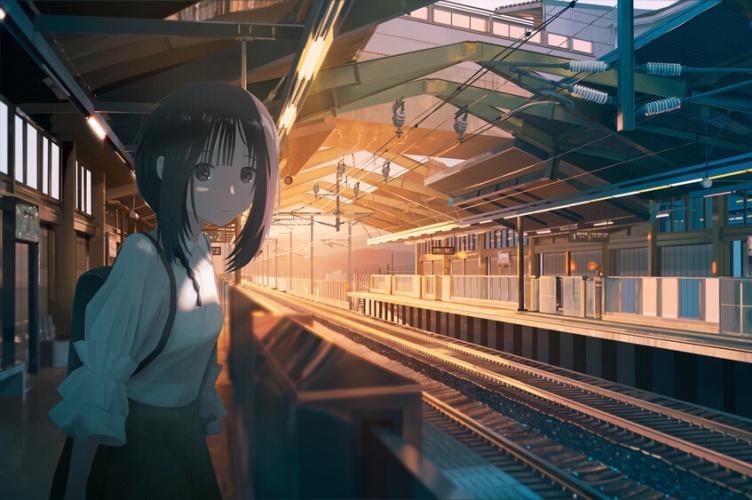
Blindnesssinfluenced/Shutterstock.com
There are several myths surrounding anime culture and its influence on children. However, not all of these assumptions hold true.
These cartoons are only for children
Anime is not limited to children. Youth-oriented anime is prevalent, and there are also age-appropriate series for adults.
Parents should check the annotation and age rating to ensure it is age-appropriate.
Anime is for girls
Anime is rich in emotional scenes and moral choices, making it suitable for all genders. Japanese animation caters to a diverse audience.
It destroys the psyche
Another myth. A child’s well-being is primarily influenced by the environment—family, friends, and school. Like other forms of entertainment, it can be an escape from reality or a source of inspiration.
You should focus on your child’s well-being and also help them find their place in the real world.
It’s all pornography
There is an adult genre in anime with explicit scenes—hentai. It is marked with a rating of 18+.
Read also What to Do If Your Young Child Sees Pornography.
Anime is dangerous and does not benefit children
There are good and bad anime, like with any media.
It’s essential for parents to select age-appropriate and high-quality anime that can provide valuable experiences and emotions.
Anime is a foreign culture
We live in the age of globalization, where cultural boundaries are fluid.
Exploring different cultures through art, including Japanese cartoons, can make children more tolerant and understanding of the traditions of other people worldwide. Anime fans also often form communities online and offline, giving children opportunities for safe friendships.
What Happens When a Kid Watches Anime?

OHishiapply/Shutterstock.com
Misconceptions can be a cause of concern for some parents when they discover their child is watching Japanese cartoons. There’s no need to worry about your kid’s fascination with anime show culture.
Step 1. Chat, try to understand
Find out why it is so appealing. Watch TV shows together, discuss the plot, characters, and ask your child about their thoughts on the characters’ actions. Approach this as a friendly conversation to maintain your child’s trust and foster their emotional intelligence.
Step 2. Arrange a time for the views
To ensure that it doesn’t interfere with their studies and other activities, establish a designated time when your child can enjoy their favorite animated series without distractions.
Step 3. If the child is abusing, understand why
If your child’s screen time becomes excessive, try to understand the underlying reasons why anime is interfering with their daily life. This behavior might be an escape from challenges at school, family issues, or simply a search for more excitement.
Help your kid restore balance in the real world. If you feel out of your depth, seek help from a professional.
List of Great Kids & Family Anime (Best Anime Movies to Start With)
There are many good anime movies that are suitable for family watching. Here are just a few.
The Witch Delivery Service, 1989. Rating 6+
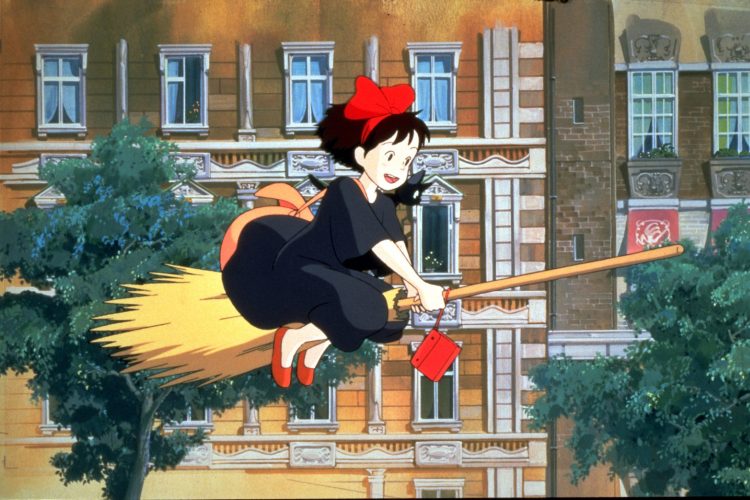
The Witch Delivery Service, 1989
About the coming of age of a young witch who learns to live independently, and take care of herself and her cat. Suitable for children over 6 years old.
The Return of the Cat, 2002. Rating 0+
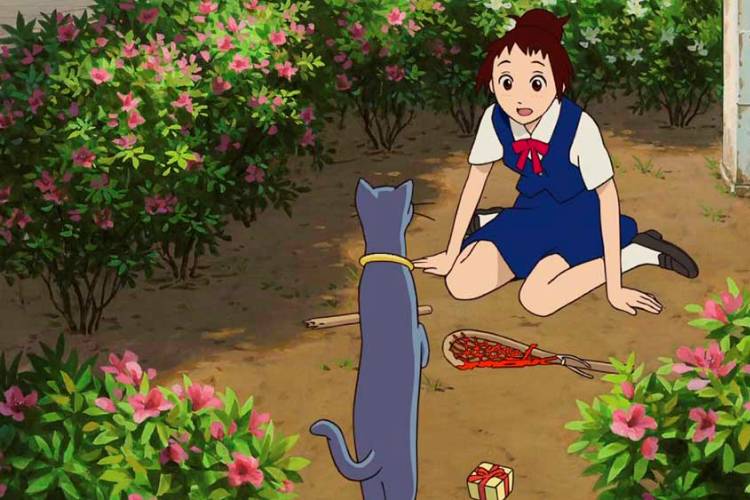
The Return of the Cat, 2002
Brave girl Hara rescues a cat from under the wheels of the car. Suddenly, it turns out that this is not a simple cat, but a prince of the cat kingdom. And now the cat king is eager to marry the rescued one, and Haru, who doesn’t want to be part of the cat world at all. She is waiting for an incredible adventure full of dangers and wonders.
Avatar: The Legend of Aang, 2004–2008. Rating 6+
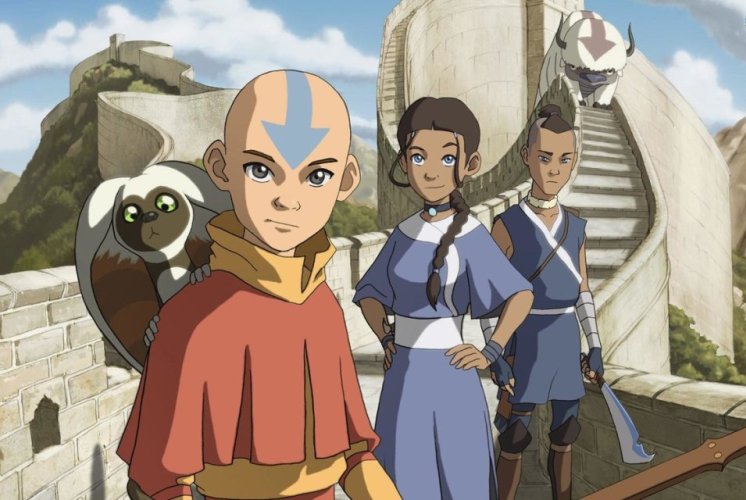
Avatar: The Legend of Aang, 2004-2008
In a magical world with elemental magicians, a 12-year-old boy named Aang, the Avatar, must restore balance amid war by mastering his powers and facing challenges.
Howl’s Moving Castle, 2004. Rating 7+
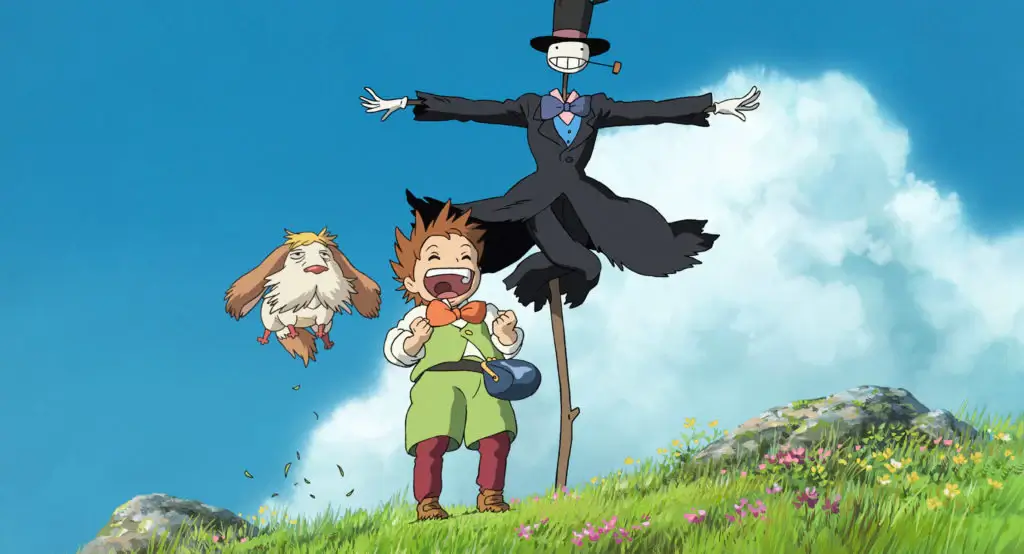
Howl’s Moving Castle, 2004
A young woman named Sophie is cursed by a witch and transformed into an old woman. Seeking a way to break the spell, she enters the magical moving castle of the mysterious wizard, Howl. The film weaves together themes of courage, love, and identity while exploring the consequences of war.
Children of the Sea, 2019. Rating 12+

«Children of the Sea», 2019
Tells about the adventures of a girl named Ruka, on vacation with her father, when she befriends ocean-raised twin brothers as they investigate the disappearance of the sea creatures.
It is filled with beautiful views of nature and tells children about the need to preserve the ecology of our planet.
Steel Alchemist: Brotherhood, 2009–2010. Rating 16+
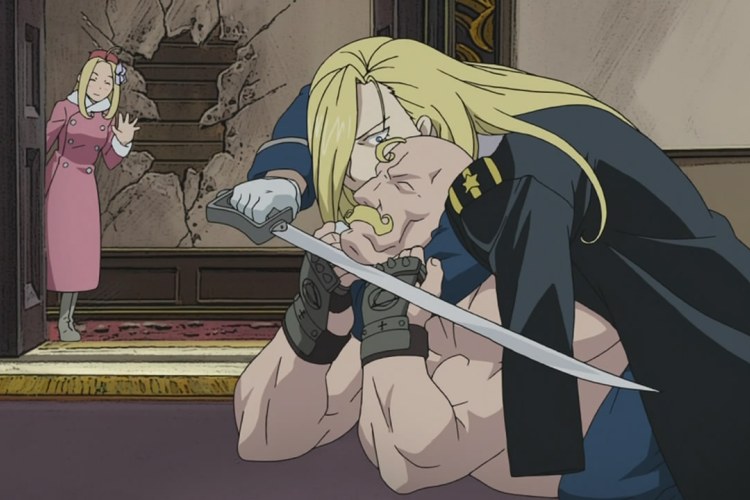
«Steel Alchemist: Brotherhood», 2009-2010
In a world dominated by alchemy, two brothers seek to master it. Tragedy strikes when their mother dies, and they pay a grave cost in their desperate attempts at alchemical resurrection. They set out on a journey to make amends, facing trials, acquiring new skills, and forging new bonds.
Tips for Parents of Anime Lovers
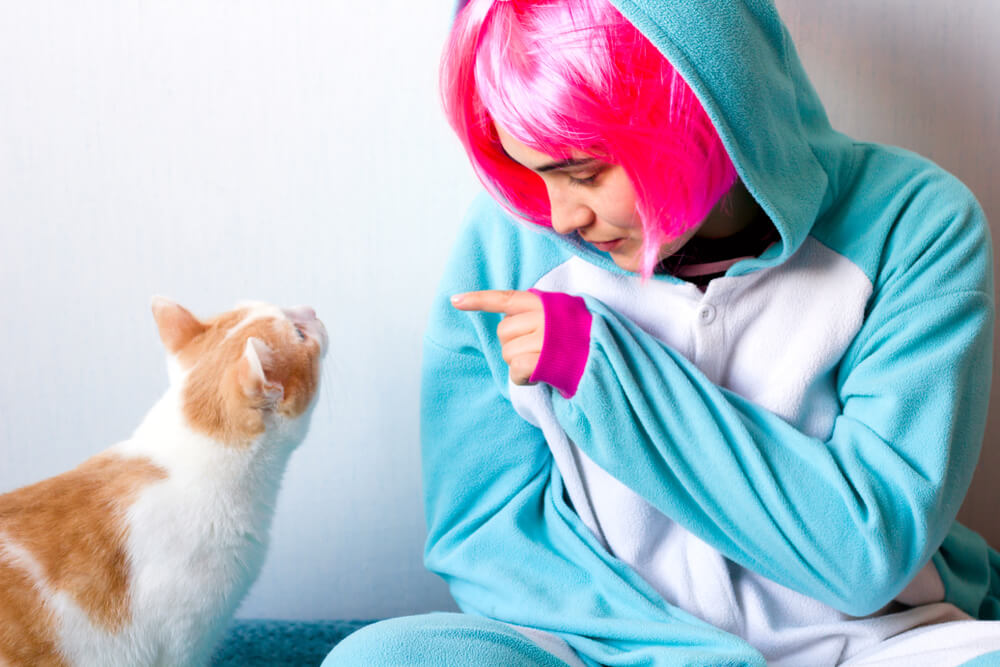
Alena A/Shutterstock.com
Before jumping to conclusions about letting your child watch anime and fearing for their well-being, engage with them, understand their interests, and share experiences. Simple guidelines can turn watching anime into a pleasant pastime without causing conflicts:
- Establish a dedicated time for your child to watch anime in peace.
- Teach your child to make age-appropriate and genre-appropriate choices.
- Spend quality time with your child, engage in communication, and discover shared activities. Strengthening trust and creating lasting memories are essential.
- Help your child understand Japanese symbolism and cultural nuances.
- Encourage your child to explore other hobbies like drawing or recreating the visuals. A rich real-world experience can reduce excessive anime consumption.
- Monitor how much anime-related social media your child consumes to prevent overexposure. Anime spreads quickly on social media, where kids share memes, clips, and anime opinions. Never let your child share their personal details, like an email address, on anime forums or fan sites.
- Use a parental control app to help balance freedom and safety while kids explore anime. If your child tries to bypass parental control restrictions using a VPN/proxy service, check with your parental control app settings.
- Above all, maintain an open and supportive relationship with your child, monitor their emotional well-being, and be there to help them in any situation.
FAQs
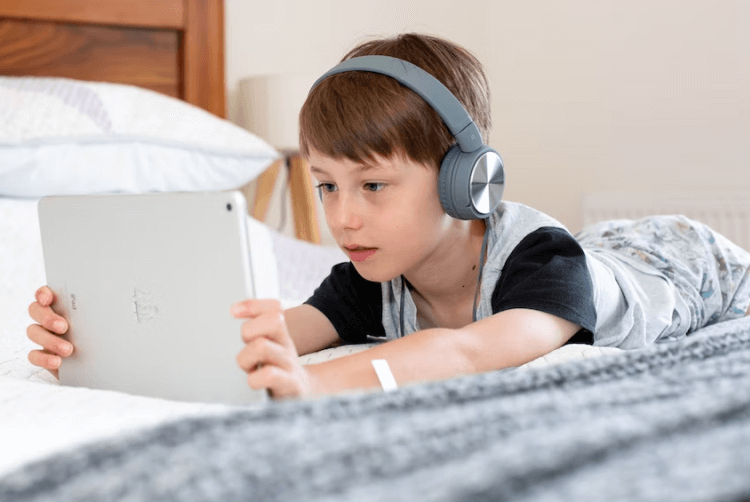
Emily Wade/Unsplash.com
Can 5-year-olds watch anime?
Yes, but only simple Komodo titles or Miyazaki films with safe, low-tension plots. Always watch together at this age.
Is anime good for 9-year-olds?
It can be suitable for 9-year-olds, but it depends on the specific series or film. Some are crafted with the young in mind, offering imaginative and age-appropriate content. Be sure to check age ratings and content warnings before choosing what to watch. There are plenty of child-friendly options that can entertain young viewers and spark their curiosity in diverse cultures.
Is it okay for a 10-year-old to watch anime?
Yes, but it depends on the content. Some shows are age-appropriate, while others include violence or themes unsuitable for kids. Parents should always check ratings first.
Is it OK for an adult to watch Anime?
Absolutely! It offers a wide range of genres and themes, from thought-provoking narratives to light-hearted entertainment. Adults can find genres that resonate with their interests, making it an enjoyable and meaningful choice for entertainment.
Why are kids so into anime?
Because it’s colorful, imaginative, and relatable. Kids see characters facing struggles similar to their own, which feels engaging and fun. Plus, they get to learn about a different culture.
What age group is anime for?
Anime is created for all ages—from Komodo (children) to Seinen and Josei (adults). Age ratings help parents choose the right anime for their children.
The picture on the front page: Spirited Away, 2001.
Проверьте электронный ящик



















